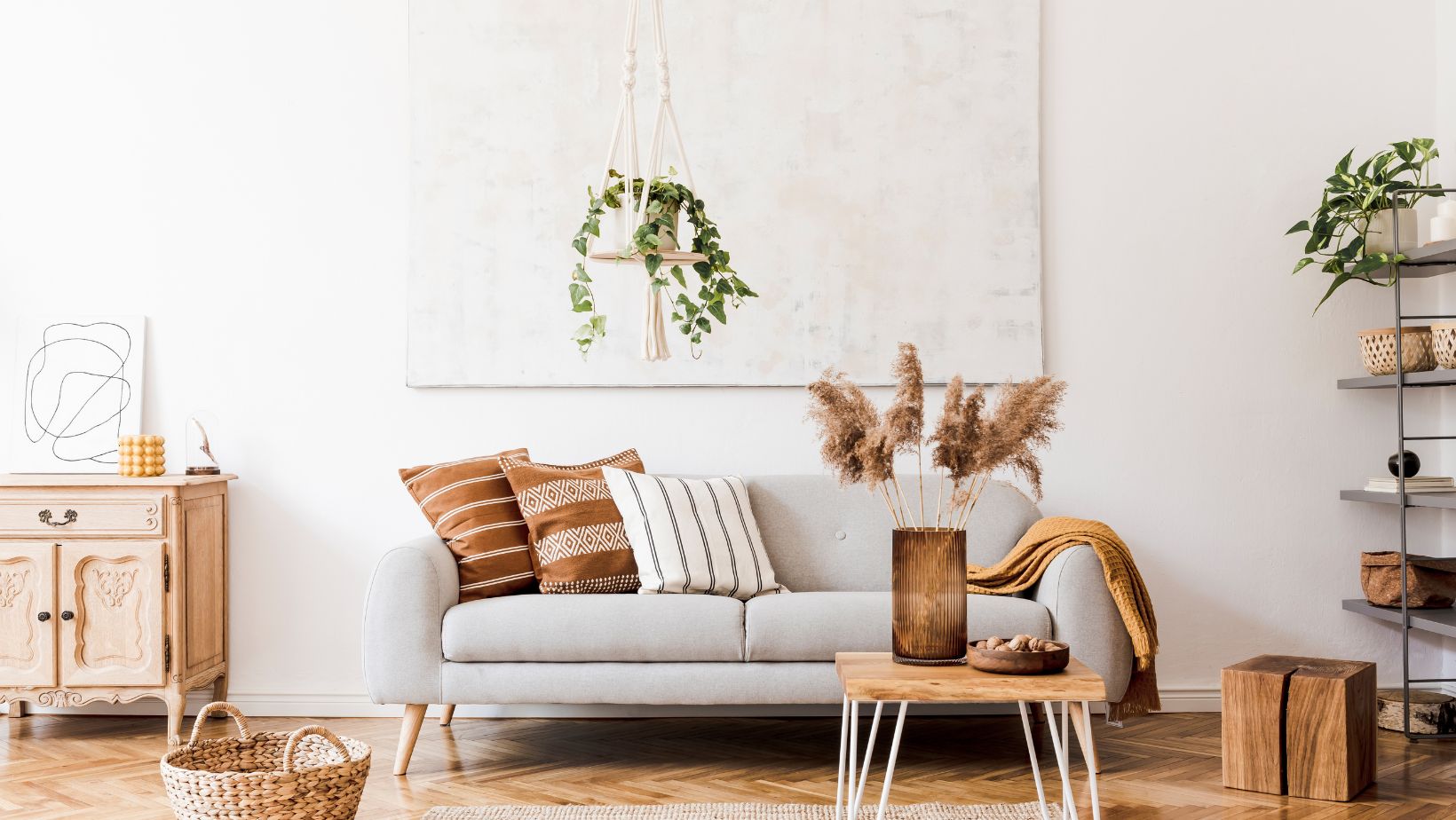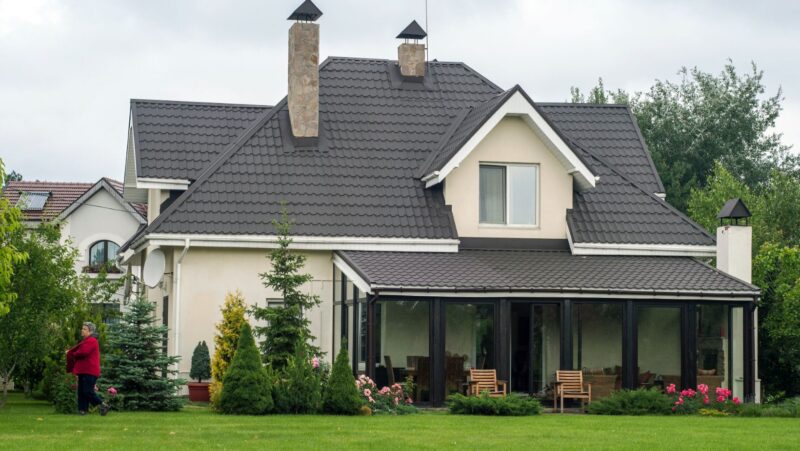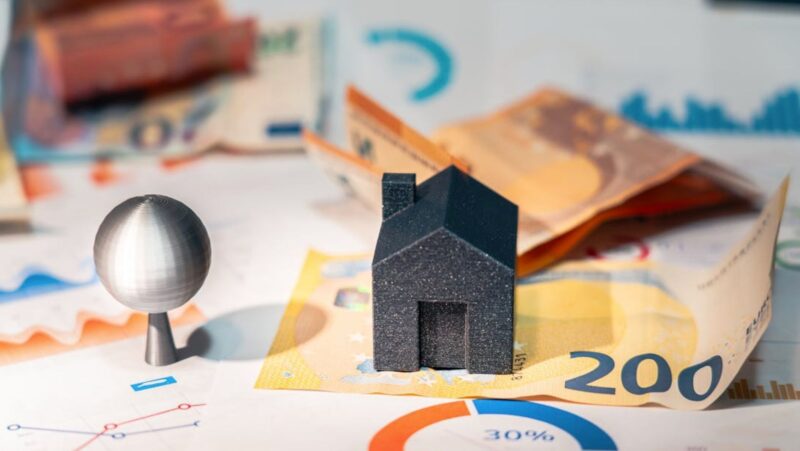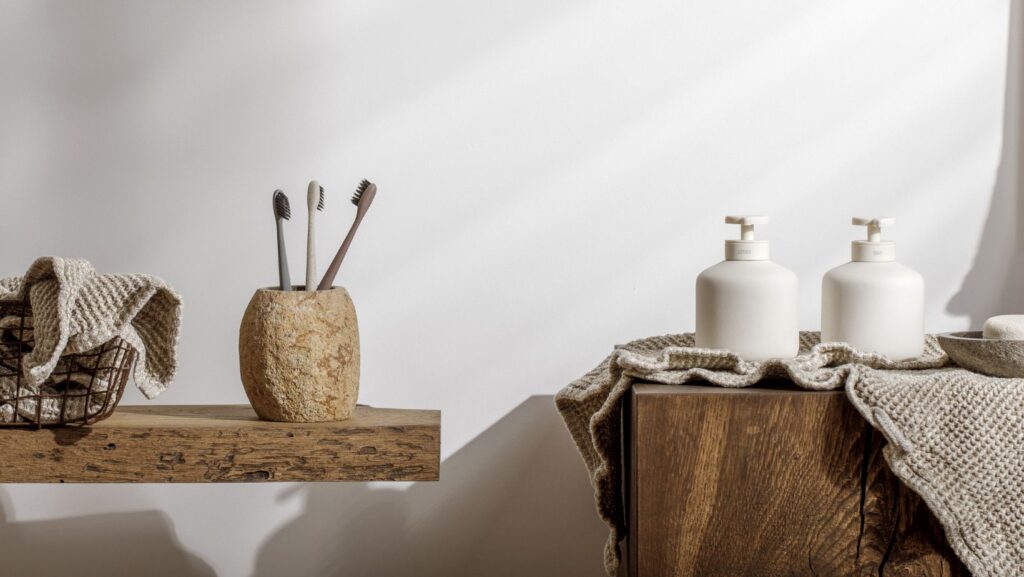
Modern home decor accessories have become essentials in the realm of interior design to create personalized living spaces. Along with their aesthetic benefits, these items add an element of character and depth to a home. Texture and material choices can either tie everything together or kill it, so take the time to choose materials wisely.
What is Texture in Design?
It is about how the surface of an object feels and appears, whether smooth, rough, soft, or hard. Using different textures makes a room go from flat and boring to active and interesting. The mix of textures adds interest and depth. As an example, when you contrast a shiny vase with a soft woolen throw, you can highlight the inclusion of each element in your space. These factors and concepts help a lot when you plan to purchase modern home decor accessories at low prices.
Nature-Inspired Materials
Natural materials make a home feel warm and real. These materials, such as wood, stone, and metal, are usually preferred for their organic characteristics and aesthetic permanence. Natural materials, such as a wooden coffee table, can add earthy colors that stabilize a space. If you want something that suggests permanence and durability, you might want to look for stone (very common in fireplaces or even countertops). Brass and copper are also metals that instantly lend sophistication and elegance to a space, reflecting light and adding brightness to the room.
Synthesising Elements
The obvious advantages of synthetic materials are their versatility and durability, although a natural material has its own charm. So, high-quality synthetics look natural without the upkeep. Polyester or acrylic fabrics can mimic the appearance of wool or cotton but will provide convenient care. Wood-engineered materials look like actual timber but have higher resistance to warping and damage. Combine the synthetic with the natural for a realistic but practical decor scheme.
Cohesion in Colours and Materials
Color is an important factor to consider when selecting fabrics/textiles. The perfect hue palette matches the selected textures and shapes to create a balanced space. Earthy palettes are often used as a backdrop, so bold textures are the stars. For example, you can add a pop of color and texture to a neutral-based sofa.
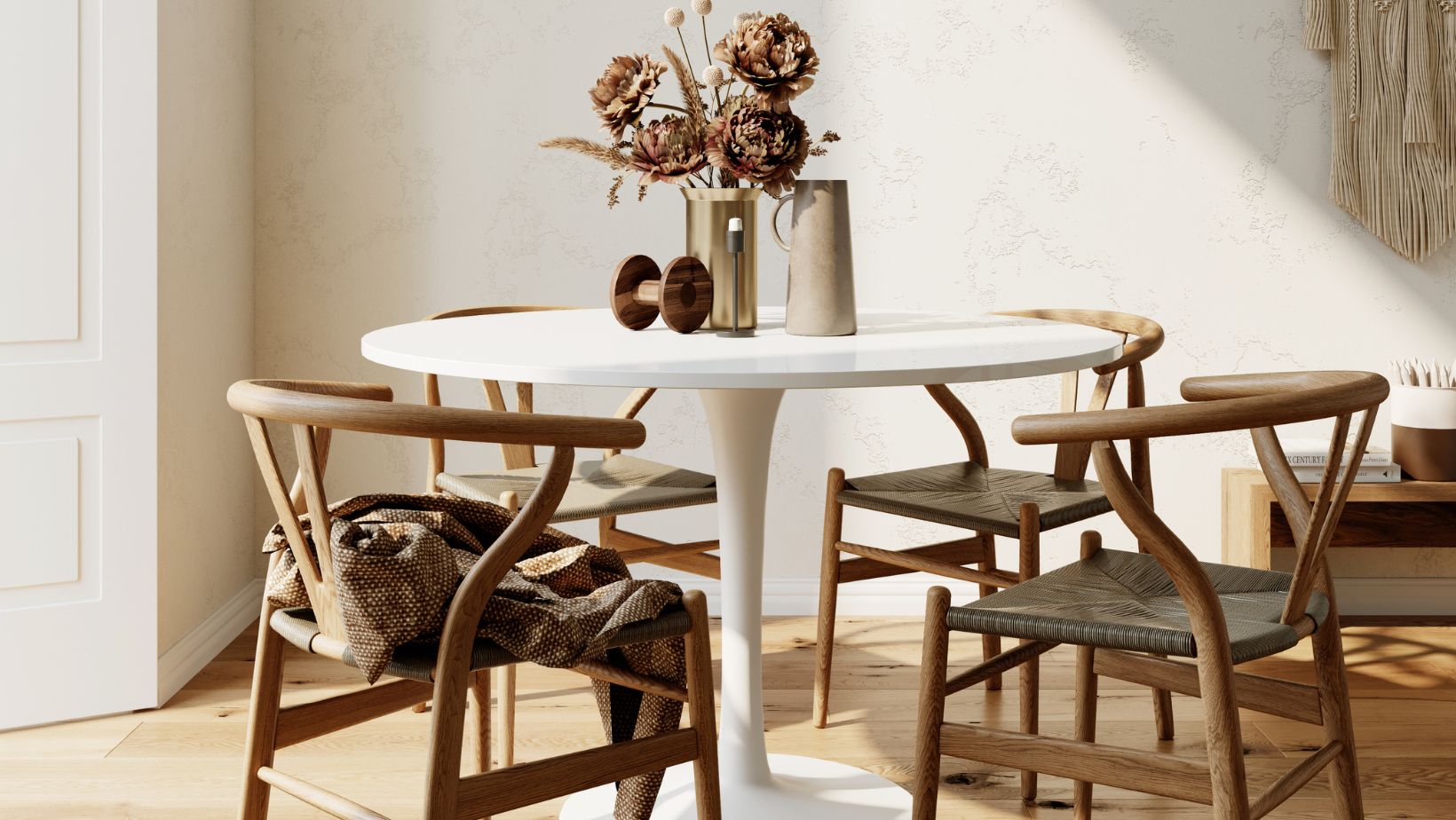
Metallics are another great addition to a warm color palette, along with something like a metallic (gold or silver) that adds just a hint of color but not enough to dominate the space.
Material Selection Based on Sustainability
With the rise of environmental awareness and energy efficiency, eco-friendly textiles have become trendy. Examples of eco-friendly materials include reclaimed wood, recycled metals, and organic fabrics. Going with these options not only helps the planet but adds character to a home. For example, reclaimed wood usually comes with a backstory that provides character and appeal. You can use comfortable organic fabric like cotton or linen that is also biodegradable, keeping your environment-friendly vibe.
Functionality
In addition to the appearance of the material, functionality is another important factor in material selection. Texture plays a huge role in how we utilize a space and the comfort level in which we operate. A plush rug can give you warmth and comfort under your feet and is ideal for the cozy living room. In contrast, lustrous surfaces such as glass or polished metal work best in areas needing ease of installation and maintenance, such as kitchens or bathrooms. Maintaining a balance of form and function is what gives you an aesthetic yet functional space.
Use Accessories to Express Yourself
Accessories at home are great for personalizing. People can express their personality and style by trying out different textures and textiles.
Combining old with new can give a rather individual, eclectic feel. Things from the heart, such as a piece of art or sculpture crafted by hand or an antique quilt passed down through generations, offer sentimental value to a decorative area.
Textile and Materials Trends in Development
Home decor trends come and go as they change with social, cultural, and technological progress. The popularity of tactile, textured materials has recently resurfaced. For example, textures like velvet and boucle have returned, providing a nice plushness and extravagance. In a similar vein, mixed metals have been making waves for a fun yet refined appearance. Knowing about these trends can give you new conceptions and refill your home with energy to make you feel fresh.
Conclusion
The ideal modern home accessory pieces should strike a balance between aesthetics, functionality, and tastefulness with an intentional selection of textures and materials. Combining different natural or synthetic textures can yield a wonderful, warm feel. Combining color with material selection improves the designs, and it will boost green living from the sustainable side. Together, these pieces complement one another, giving each space a voice of its own and representing the characters that live there.

